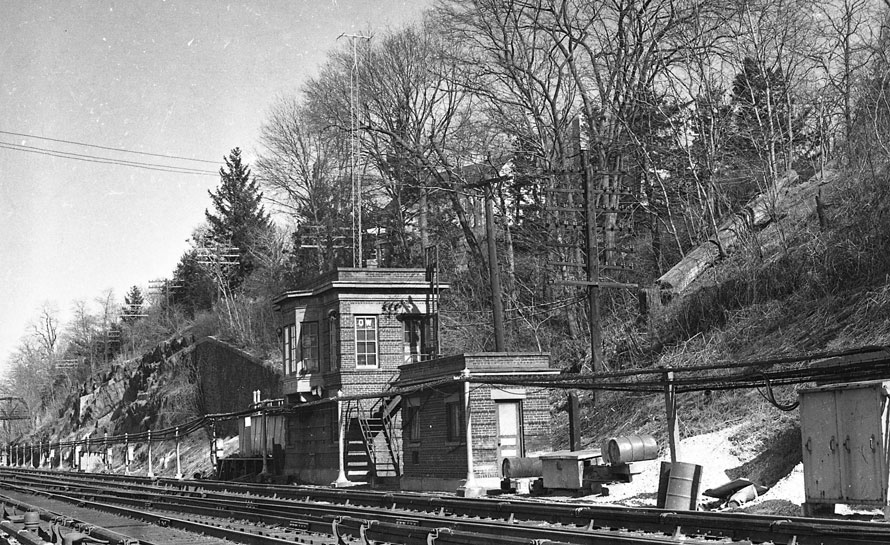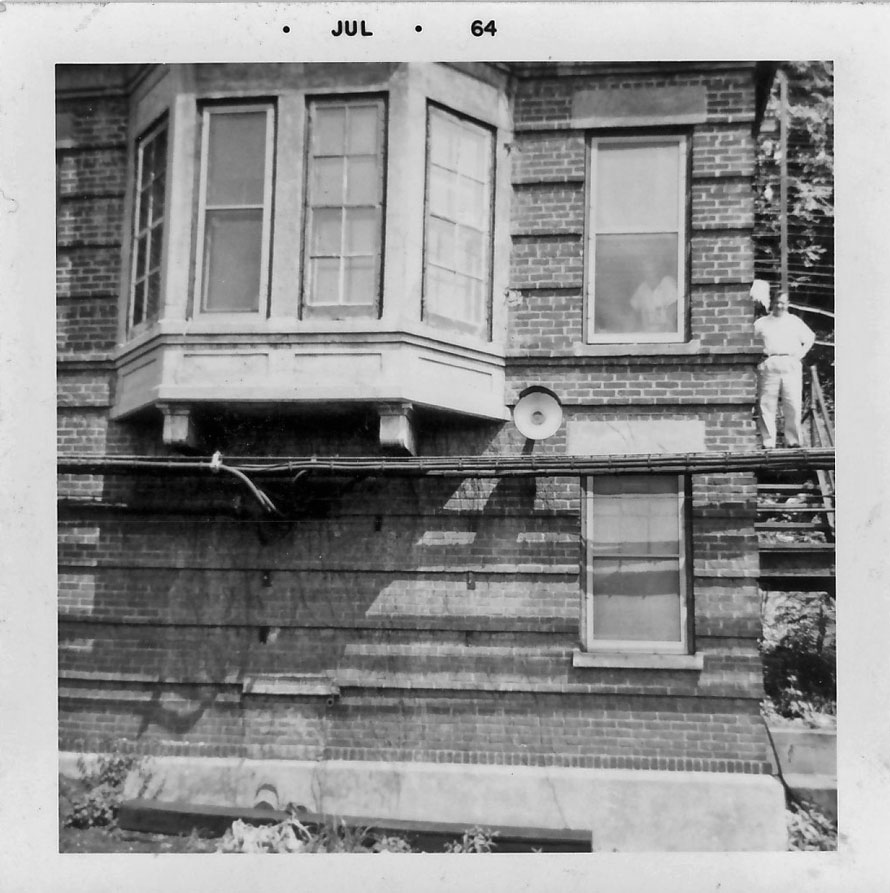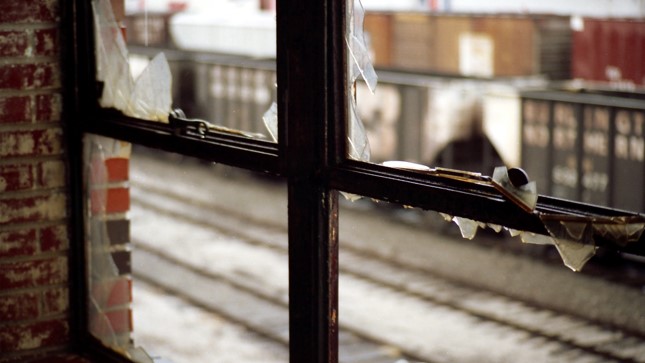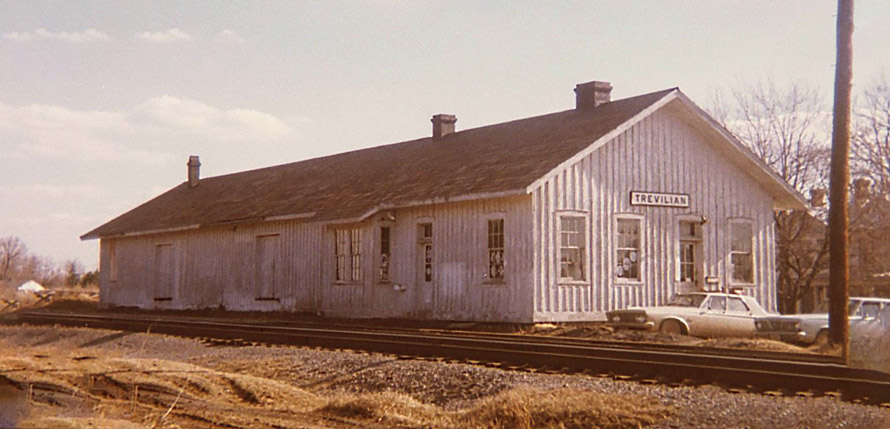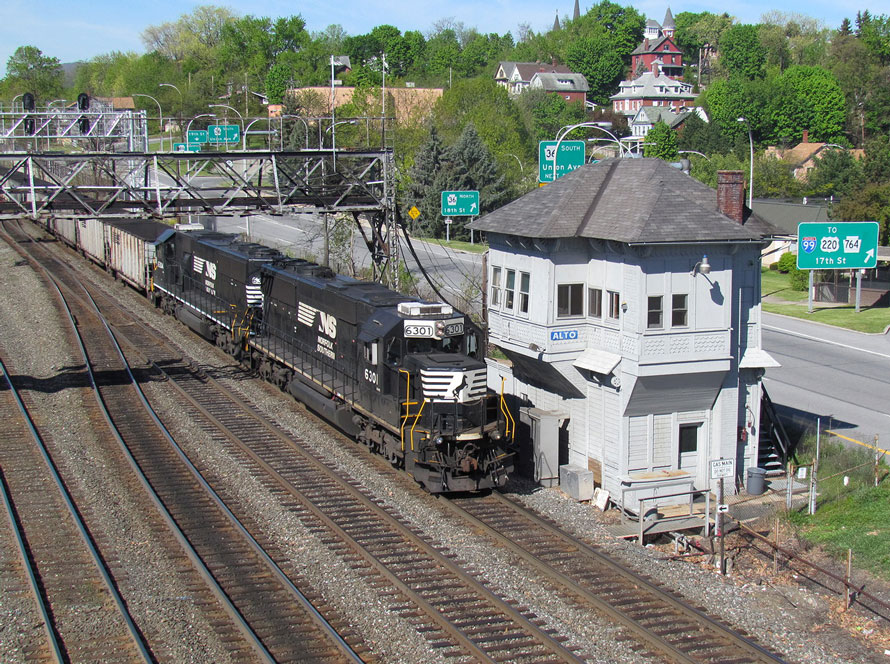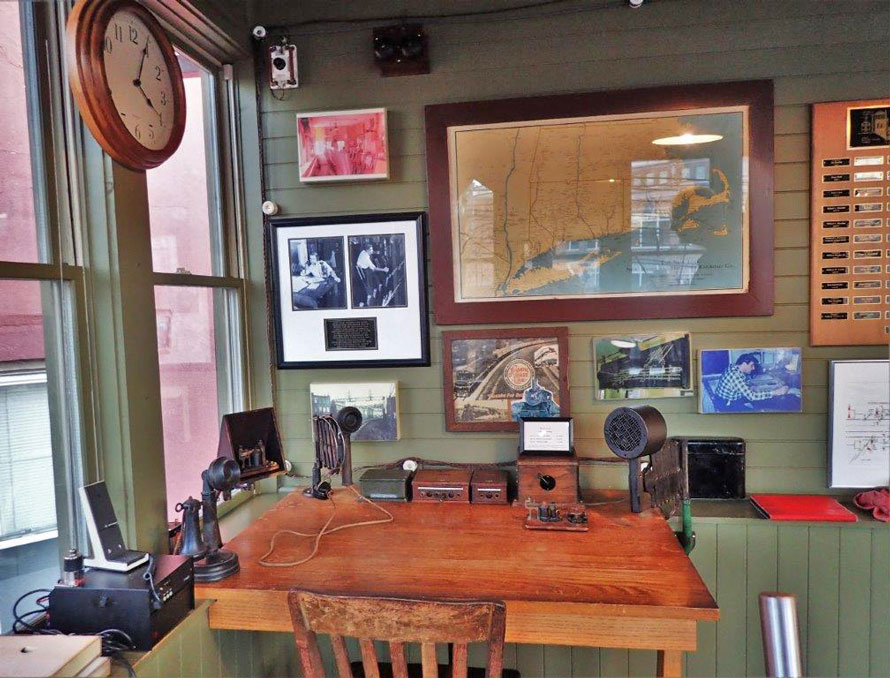
Last fall I shared some ideas with my friend Rick Selva about what I thought was needed at the SONO Switch Tower Museum in South Norwalk, Connecticut. (From this point on I will refer to it as Old Tower 44 like it was called on the New Haven RR. Later on it was called Berk then after it closed and controlled from NYC at the control center, CP 240 & 241.) Rick’s background when he hired out on Conrail was as lineman on the B&A and Maybrook line. His hobby is old communication equipment, and he knows it very well. Rick and I threw around some ideas and I ran them by John Garofalo, who is one of the most dedicated volunteers you could ever meet at the tower. He and his friend Bob Gambling are there almost every weekend from May till October, when we close. Garf, as he likes to be called, was very excited about our ideas and gave us the OK to do it. Rick’s excitement when I told him we could do our project of hooking up the scissor phone and other phones you see in the pictures throughout our three floors was just what I wanted to see and hear. So Rick, Bob Eb and I spent eight hours working to run wires while Rick hooked these antique phones up. His attention to detail was really something to see, even running wire across the back wall to hide a modern-day wire and he used the insulators you see and affixed the wire to it like it was done 100 years ago.
Read more